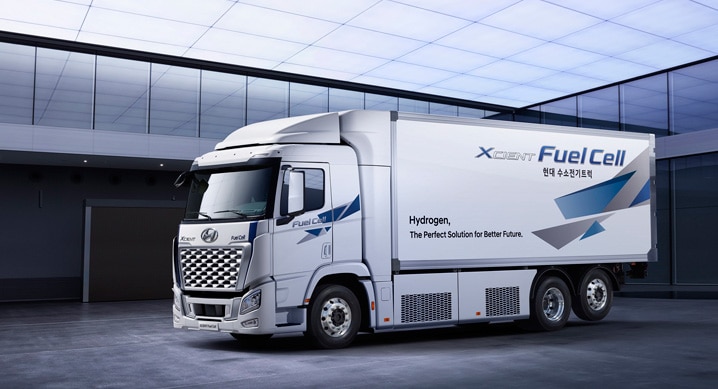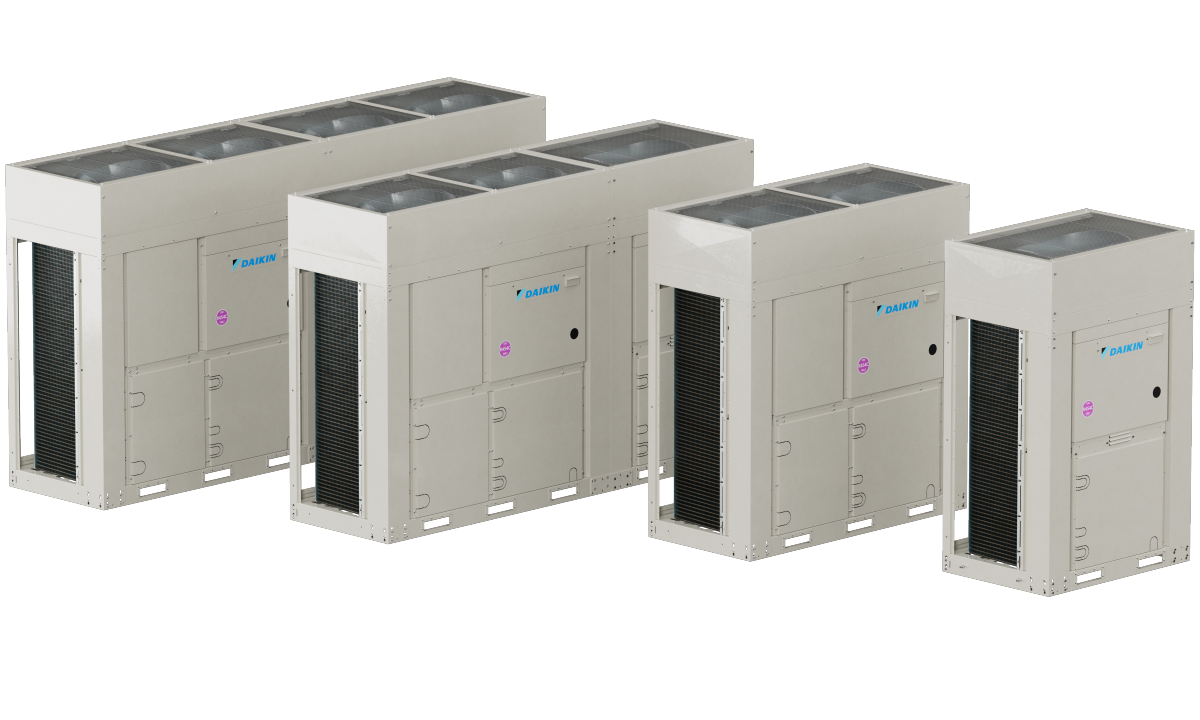Spanish energy company Iberdrola and American power generation products producer Cummins have signed an agreement to promote a green hydrogen value chain in Spain by 2023. “Our partnership with Iberdrola will connect us with a major clean energy company and strategically positions us to be a European leader in green hydrogen production,” said Tom Linebarger, chairman and CEO of Cummins. Cummins’ new €50 million PEM electrolyzer plant, for the production of green hydrogen, will be in Castilla-La Mancha. The two companies defined it as one of the world’s largest hydrogen plants. “We continue to make progress in our ambitious plan to put Spain and Europe at the global forefront of this technology,” Ignacio Galán, chairman and CEO of Iberdrola, said on Monday. The plant will house system assembly and testing “for approximately 500 MW/year and will be scalable to more than 1 GW/year. The facility, which will initially be 22,000 square meters, is anticipated to open in 2023.”
Denmark-based green hydrogen infrastructure company Everfuel has launched its H2 station roll-out plan for Denmark, targeting up to 19 fueling sites by the end of 2023. “The plan is the third and final section of … Everfuel’s Scandinavian green hydrogen fueling strategy for trucks, buses and cars, connecting the main traffic corridors in Sweden, Norway and Denmark,” wrote the company on Tuesday. The company is set to invest a total of €1.5 billion. It wants to reach €1 billion of revenues from the sale of hydrogen fuel to buses, trucks, and cars before 2030. “Based on these plans, we are now accelerating dialogues with all relevant stakeholders to commercialize hydrogen at scale and decarbonize transport in Scandinavia,” commented Jacob Krogsgaard, CEO and founder of Everfuel, in a note.
South Korean automotive manufacturer Hyundai Motor has said it would begin production of the world’s first mass-produced, heavy-duty truck powered by hydrogen, in August this year. “Seven large hydrogen tanks offer a combined storage capacity of around 31kg of fuel, while three 72 kWh high voltage batteries provide an additional source of power. The maximum driving range of [the] 2021 XCIENT Fuel Cell is set to be around 400km. Refueling a full tank of hydrogen takes about eight to 20 minutes, depending on the ambient temperature,” wrote the Seoul-based company on Tuesday. Hyundai will ship 140 units of the new XCIENT Fuel Cell to Switzerland by the end of this year. It is also looking for other markets. “There is a lot of interest for the truck outside Switzerland as well. We are very confident that we will see XCIENT Fuel Cell trucks on the road in other European countries next year,” commented Mark Freymueller, CEO of Hyundai Hydrogen Mobility.
German chemical company BASF and German energy company RWE have presented a project for a new offshore wind farm with a capacity of 2 GW, to provide the Ludwigshafen chemical site with green electricity and enable the CO2-free production of hydrogen. The two companies signed a letter of intent to decrease BASF’s reliance on fossil fuels for the production of chemicals. “Coupling a new offshore wind farm [which is] already in the planning stage to an industrial customer such as BASF, who will convert its production to green electricity and hydrogen on this basis, would be a first for Germany,” commented Markus Krebber, CEO of RWE, in a note released on Friday.
Norway start-up Gen2 Energy has signed a memorandum of understanding with the Scottish Port of Cromarty Firth to create a commercial pathway to export green hydrogen from Norway into the U.K. energy market. “The firth will become the U.K. transshipment hub for Gen2 Energy’s hydrogen, produced from Norway’s surplus renewable energy, which will be shipped across the North Sea to the port. Hydrogen would then be distributed to customers across the U.K. by road, rail and sea,” wrote Gen2 Energy in a note released on Tuesday. Scotland aims to generate 5 GW of renewable and low-carbon hydrogen by 2030.
U.K.-based Clean Power Hydrogen (CPH2) has won an order from Octopus Hydrogen, part of the U.K.-based retail electricity and gas supplier Octopus Energy, for the supply of a 1 MW electrolyzer. The 1 MW membrane-free electrolyser is due for delivery to Octopus Hydrogen’s site in late 2021. “Producing up to 451kg [of] H2 [hydrogen] per day, the system incorporates cryogenic separation technology to generate hydrogen with a purity of up to 99.999%, and oxygen of up to 99.5% which is suitable for medical use,” read a note released on Tuesday.
German energy company Siemens Energy and the International Renewable Energy Agency (IRENA) have signed a partnership agreement aimed at advancing the global energy transition based on renewable energy, with a focus on “regions presently lacking access to modern energy, developing the business case for green hydrogen.” Francesco La Camera, director-general of IRENA, praised the public-private initiative and the “joint commitment to meaningful action.” Last week, Siemens Energy officials met with the CEO of the Dubai Electricity and Water Authority (DEWA). The United Arab Emirates-headquartered company inaugurated the Green Hydrogen project, meant to produce hydrogen using solar energy produced by the Mohammed bin Rashid Al Maktoum Solar Park: “the largest single-site solar park in the world, with a planned capacity of 5,000 MW by 2030.” The Green Hydrogen project was implemented in cooperation with Expo 2020 Dubai, and Siemens Energy.
The French Senate has thrown criticism at the EU's hydrogen plans, instead advocating a central role for nuclear. “Covering the current needs of industry worldwide (70 million tons of renewable hydrogen, or 420 GW) would lead to the commissioning of more than one million new wind turbines or 56 million hectares of photovoltaic panels. The alternative path, of low-carbon hydrogen from nuclear electricity would represent 400 new 1 GW nuclear reactors,” wrote the French parliamentary office for the evaluation of scientific and technological choices, adding that a full-on nuclear option is not a viable solution either. In other words, the French Senate has asked for a nuanced European hydrogen strategy with regional differences. “A significant increase in our low-carbon electricity production capacity could lead to the relaunch of the nuclear industry but the future of hydrogen will depend on a coherent, realistic and responsible energy policy. This ambition cannot just be a slogan otherwise hydrogen, which has long been a technology of the future, will remain so,” read a technical note released in April and presented last week.
This content is protected by copyright and may not be reused. If you want to cooperate with us and would like to reuse some of our content, please contact: editors@pv-magazine.com.



1 comment
By submitting this form you agree to pv magazine using your data for the purposes of publishing your comment.
Your personal data will only be disclosed or otherwise transmitted to third parties for the purposes of spam filtering or if this is necessary for technical maintenance of the website. Any other transfer to third parties will not take place unless this is justified on the basis of applicable data protection regulations or if pv magazine is legally obliged to do so.
You may revoke this consent at any time with effect for the future, in which case your personal data will be deleted immediately. Otherwise, your data will be deleted if pv magazine has processed your request or the purpose of data storage is fulfilled.
Further information on data privacy can be found in our Data Protection Policy.